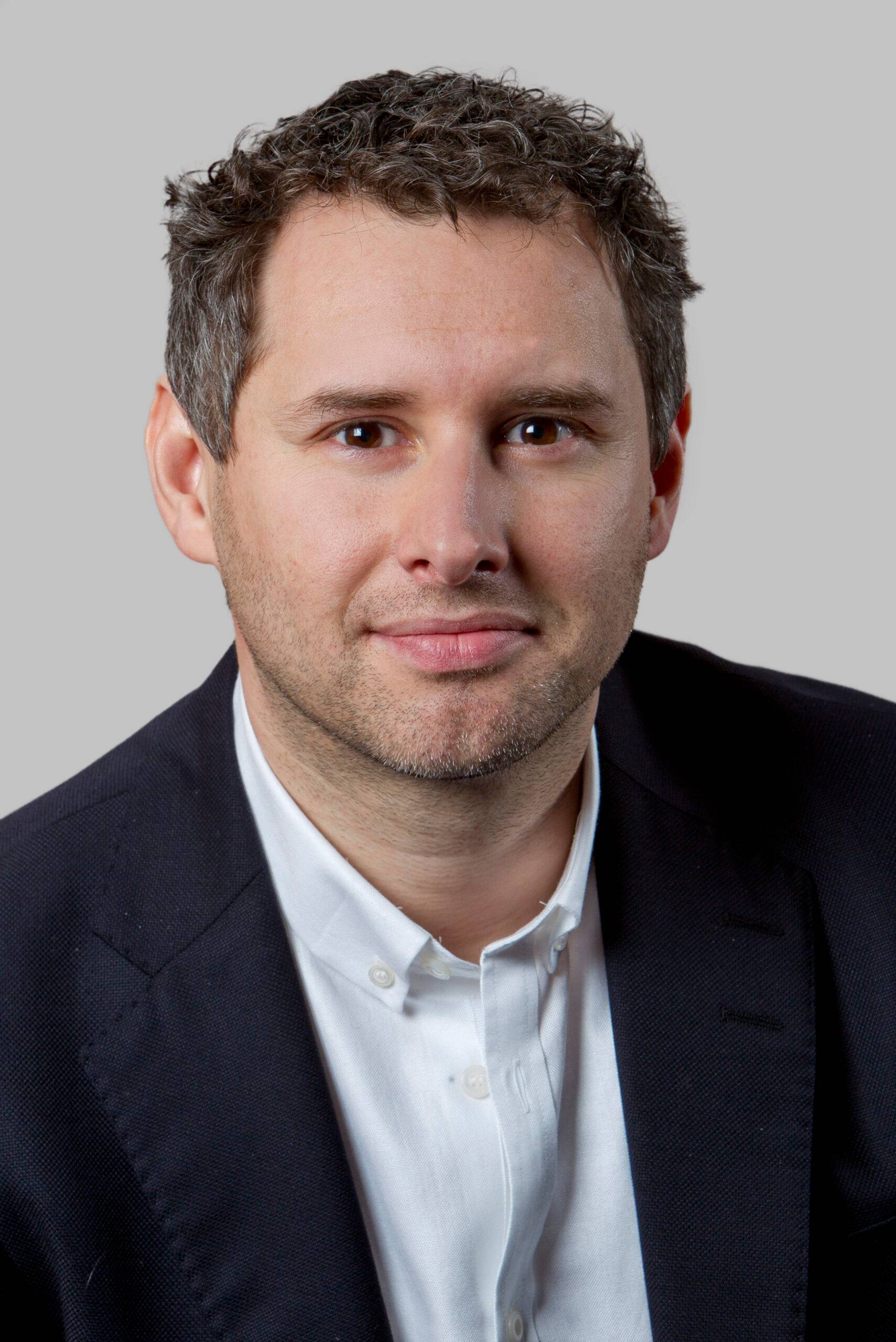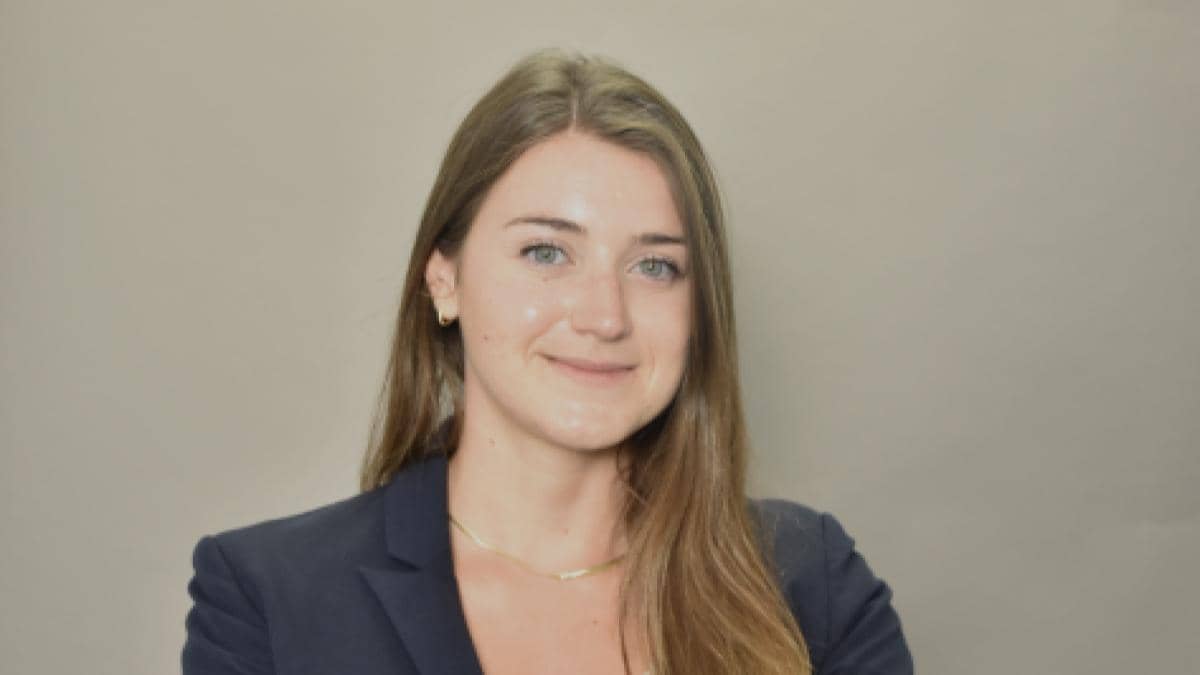Matteo Riccardi from Bipiemme Vita – Fund Manager of the Month

12 MAY, 2021
By Constanza Ramos
Matteo Riccardi is the Chief Investment Officer for the Italian Insurance Group Bipiemme Vita (part of the French Group Covéa) since 2017. He approached the insurance investment management industry in 2004, joining the Italian Business Unit of Zurich Insurance Group, where he worked for 13 years, serving as Chief Investment Officer for Italy from 2014 to 2017 and, before that, as Head of Securities Investment and ALM senior analyst.
Prior to this experience, he worked for three years in the Risk Management Department of the Italian Asset Manager Eptafund Sgr (now part of Eurizon Capital) and its Irish branch Epta Global Investments Ltd. Matteo graduated in Finance and Financial Management Services from Bocconi University in Milan, in 1999. He is CFA Charterholder since 2004 and he is member of the Board of CFA Society Italy since 2011 and Vice-President since 2017. Matteo he has also achieved the following professional designations: CIPM, CAIA, FDP, FRM, CAIA, CIWM.

When and how did you start your career in the financial industry? Did you have any other vocation?
I started my first internship at the trading desk on the Italian Government Bonds of Salomon Brothers (now part of Citigroup) in Milan, in July 1998; I was still a student. After finishing my University curriculum and after other two short internships, I started my career in the asset management in 2001. Then, I joined the Insurance Investment Management industry in 2004.
I studied Finance at the University and I have no regrets of other potential vocations, different than the financial industry. I sometimes consider whether switching back the to traditional asset management industry rather than working in the investment management of an insurance company, but I do like working in the broad financial industry.
What’s your biggest challenge as Chief Investment Officer?
I was promoted Country CIO for Italy in 2014, when I used to work for Zurich Insurance. I immediately realised that the biggest challenge for a Chief Investment Officer of an institutional investor was to find the right equilibrium between the speed required to react to the volatility of the markets and, on the other hand, the need to follow the whole steps required by a wise governance process, before implementing a new investment strategy. I think that this is crucial: all investment strategies can be executed only after the end of the pre-approval process, following the internal governance and guidelines and, of cores, the external regulation requirements.
What sustains your drive within the industry?
I have always liked History, to understand how our societies have changed during the centuries. I think that economy and finance as well do evolve following the changes of the history. Consequently, I have always been driven by the wish to understand how the financial markets and the financial industry change in connection with the social changes.
Big financial crises are often linked to big economic turnarounds, which could lead to significant social changes. This is the reason why my passion for history drives me to be committed to try to understand macro-financial trends.
What do you think will be the next disruptive element in the asset management industry?
We have already been seeing the great impacts of the technological innovation on our industry: data science, artificial intelligence, machine learning and deep learning are becoming quite familiar to many analysts and portfolio managers, in order to implement new investment approaches.
However, I do think that the most disruptive element for the asset management industry will become climate change, as it will be a turning point of the whole life of humanity. Consequently, the whole economy will be affected and the asset management industry will have to cope with a new theoretical and practical framework. I think that these disruptive changes are not adequately priced by the market yet.
You were previously CIO at Zurich’s Italian division – What important differences are there between being CIO at an international like Zurich vs at a boutique Insurance like Bipiemme Vita?
The main differences which I can mention are two, quite specific to the two companies.
The first one relates to the asset allocation process, as in Zurich it used to be very “top-down”, which means that it was mainly agreed by the Corporate Centre in Zurich and then implemented locally (in my case, in Italy). In Bipiemme Vita, the asset allocation process is defined following the ALM and the Solvency 2 targets and constraints of the local company only.
The second difference is related to the implementation of the asset management activity. In Zurich Italy I used to oversight an internal team of asset managers; in Bipiemme Vita I oversight an external asset manager, which manages the assets in outsourcing.
What key principles drive your investment processes and why?
I started my career in the asset management industry working in the Risk Management department, with a focus on market risks and performance attribution. After that, I joined the insurance industry following the analysis for the asset-liability management within the Life business. These two experiences have helped me to understand that a sound investment process needs to be based on a detailed and careful risk monitoring process, both ex-ante and ex-post. I think that this is the most important key to the face markets’ volatility and uncertainties.


